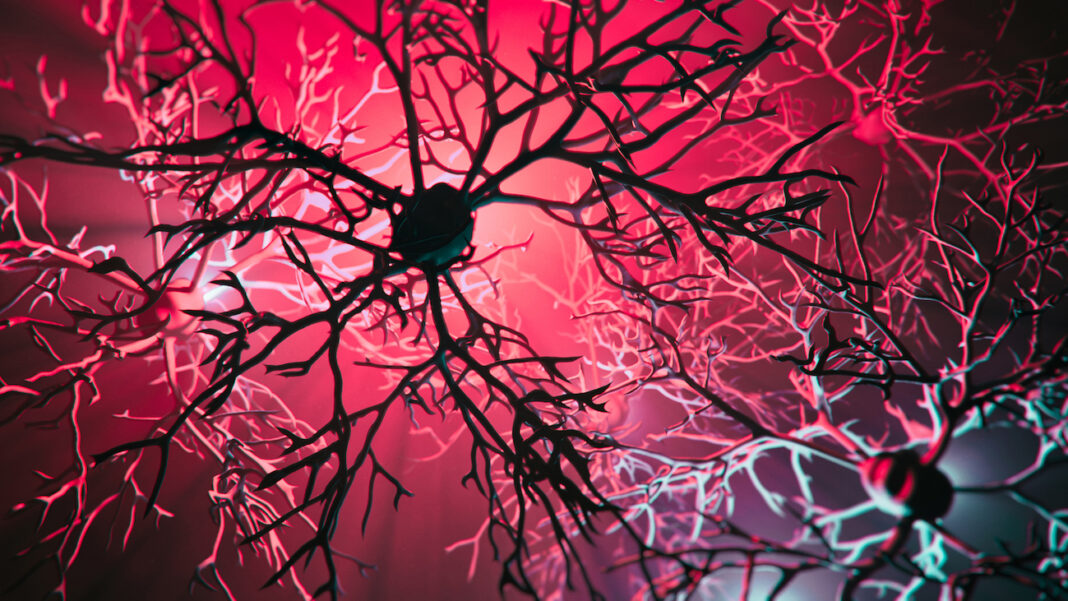Neurona Therapeutics and UCSF researchers have developed and characterized a cell therapy alternative to treat drug-resistant mesial temporal lobe epilepsy (MTLE), the most common type of focal epilepsy. For the study, Marina Bershteyn, PhD, associate director, discovery research at Neurona Therapeutics, and coworkers isolated a specific type of interneuron from human embryonic stem cells and implanted them into the hippocampus of mice with MTLE. This method reliably eliminated the seizures and significantly prolonged the animals’ lives. The results of this study provide support for Neurona Therapeutics’ and the California Institute for Regenerative Medicine’s (CIRM) ongoing first-in-human Phase I/II clinical trial (NCT05135091) for drug-resistant MTLE.
The research article, “Human pallial MGE-type GABAergic interneuron cell therapy for chronic focal epilepsy,” was published in Cell Stem Cell.
The need for epileptic therapies
One of the most common disorders of the central nervous system, epilepsy is characterized by hyperactive neuronal networks that precipitate and propagate seizures due to an imbalance between neural excitatory and inhibitory activity. Anti-seizure medications (ASDs) can be administered systemically to reduce seizure activity, although there is a chance of side effects. Additionally, drug-resistant seizures affect one-third of epileptic patients.
Although surgical resection or laser ablation can be effective options for some patients with drug-refractory focal epilepsy, they are rarely performed for bilateral mesial temporal lobe epilepsy (MTLE) due to the high risk of serious adverse effects, including neurocognitive impairment. Therefore, it is critical to discover treatments that selectively target epileptic foci without damaging adjacent tissue or triggering ASD-related side effects.
There has been speculation that cell therapy using pallial, also referred to as “cortical,” GABAergic interneurons (pINs), which are the primary source of inhibition in the neocortex and hippocampus, can repair the pathophysiology of seizure-onset foci. Tissues removed from MTLE patients or from their deceased bodies showed loss of medial ganglionic eminence (MGE)-derived pINs (MGE-pINs). Moreover, mutations in genes essential for the synthesis and operation of MGE-pIN have been found in a number of developmental epileptic illnesses.
Cell therapy for seizures
Using a clinical-grade line of human embryonic stem cells (hESCs), researchers from Neurona Therapeutics and UCSF have developed, characterized, and tested a cell therapy candidate known as hMGE-pIN. A single dose of hMGE-pINs delivered into the hippocampus of a mouse model of chronic MTLE stopped mesiotemporal seizures over time, and most of the animals lived longer. The grafted interneurons spread out locally became functionally integrated, stayed in place for a long time, and greatly decreased the spreading of dentate granule cells, a hallmark of MTLE that is not working properly. These disease-modifying effects were dose-dependent, with a broad therapeutic range. No adverse effects were observed.
This work, which uses research-grade samples, is the basic research that led to studies that allowed the IND to be approved. These studies now support a Phase I/II clinical trial of NRTX-1001 in MTLE that is not responding to other drugs. The purpose of the clinical trial is to find out if putting inhibitory nerve cells (NRTX-1001) into the brain of a person with drug-resistant mesial temporal lobe epilepsy is safe (number of adverse events) and effective (number of seizures). In the trial, the safety, tolerability, evidence of neural cell viability and local inflammation (using MRI scans of the brain), and effects on epilepsy disease symptoms will be assessed for two years post-transplant. This trial will be monitored for over a decade, as subjects will be followed for an additional 13 years with quarterly phone contact and annual visits.


